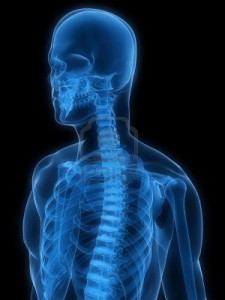The Rise of Photographs for Accurate Patient Identification

Interesting joint research study out of Emory University and Georgia Tech that sheds light on the increasing importance of using a patient’s photograph to help establish more accurate identification and reduce errors. Researchers experimented with including patient photos on their X-rays and discovered that this led to a five-fold decrease in patient identification errors.
Here is an excerpt from the article:
“Researchers asked 10 radiologists to look at 20 pairs of X-ray images, with and without patient photos. There were two to four mismatched pairs in each set of 20 pairs. Without patient photos, the error detection rate was 13 percent; the rate improved to 64 percent when photos were included.
Some of the radiologists ignored the photos, however, because they thought the objective of the experiment was to determine if they would be distracted by photos.
The researchers then conducted another test with five radiologists who were told to use the photos. The error detection rate rose to 94 percent, according to the study, which is scheduled for Monday presentation at the annual meeting of the American Roentgen Ray Society in Washington, D.C.”
Using photos as a means to identify patients or as part of a multi-factor authentication identification process is rising within the healthcare market to help increase patient safety, prevent duplicate medical records and overlays, and eliminate patient fraud like medical identity theft at the point of service. CIOs, patient access managers, revenue cycle managers, IT Directors, and others closely tied into healthcare’s patient identification system infrastructure are starting to see the value to invest in a patient identification software solution that offers multi-factor authentication like iris and facial recognition.
The flexibility of using multi-factor patient identification systems allows patient registration staff and clinicians the ability to instantly verify a patient’s identity at each touch point throughout the care continuum from initial registration to pre-op, medication distribution, radiological services, pathology, and more.
Patient identification strategies are changing in healthcare and more facilities are recognizing the value of incorporating a multi-factor patient identification system to help reduce errors, keep patients safe, and lower the overall cost of care.
What are some ways that your medical facility is using patients photos or multi-factor authentication to increase patient safety?










